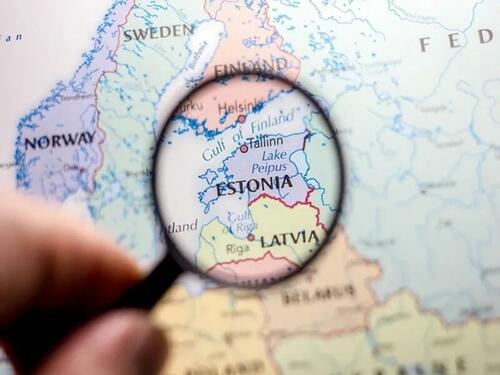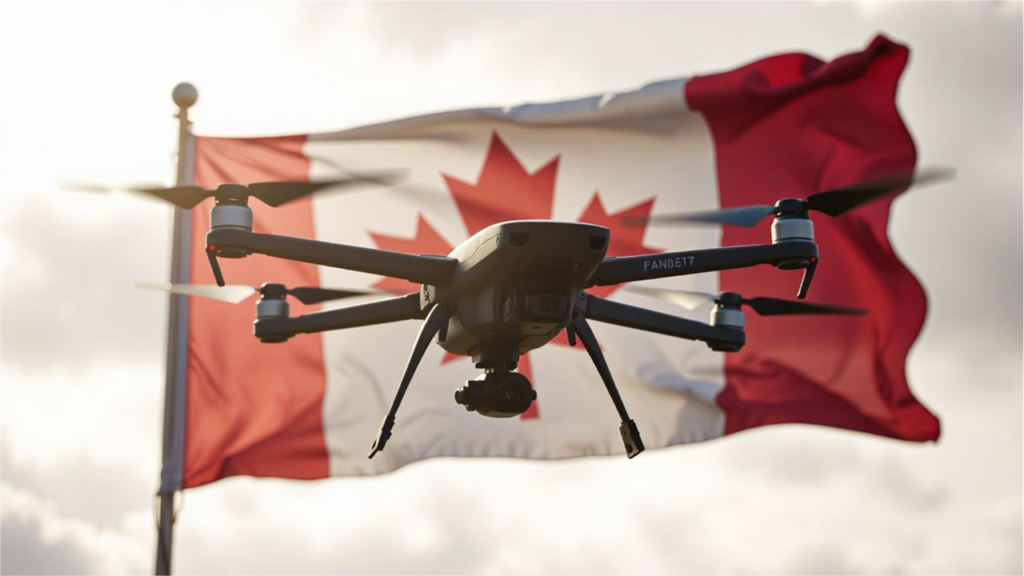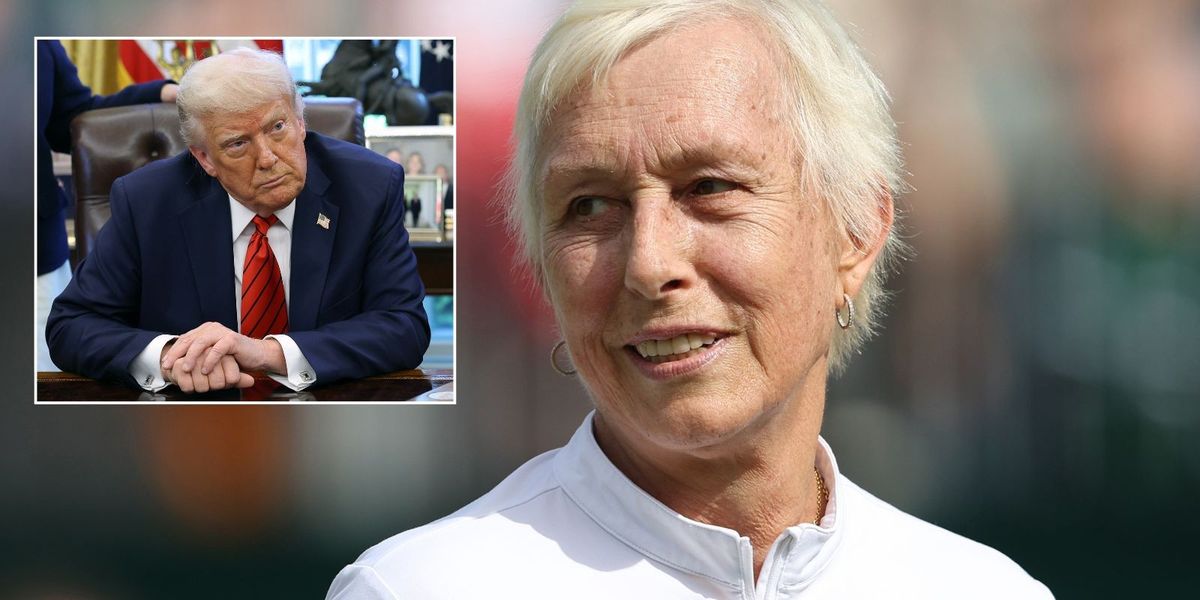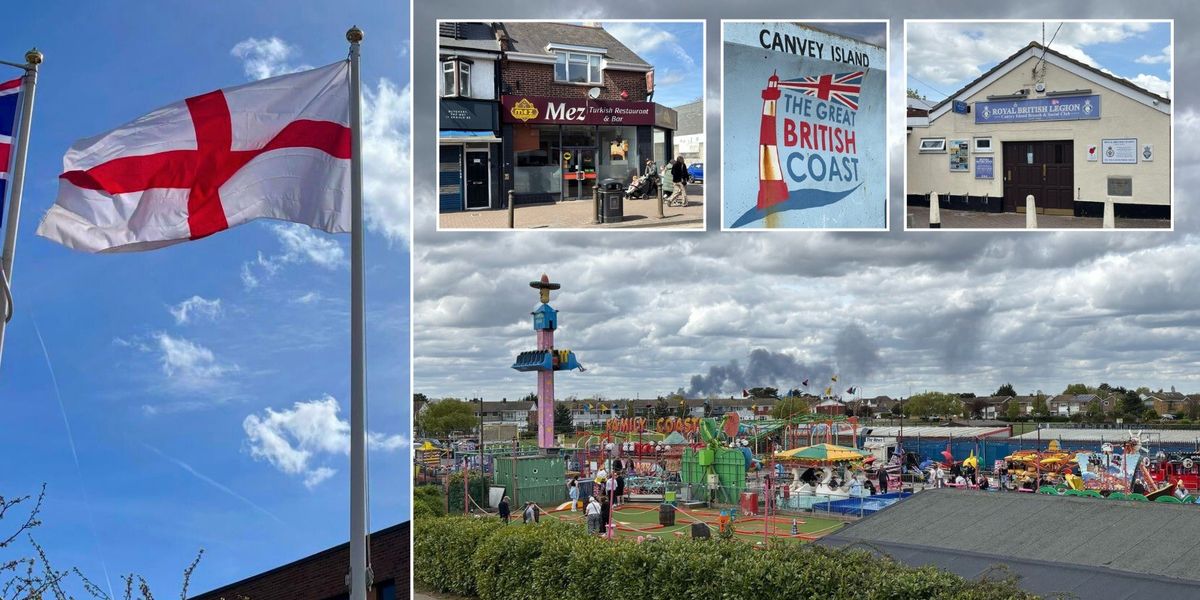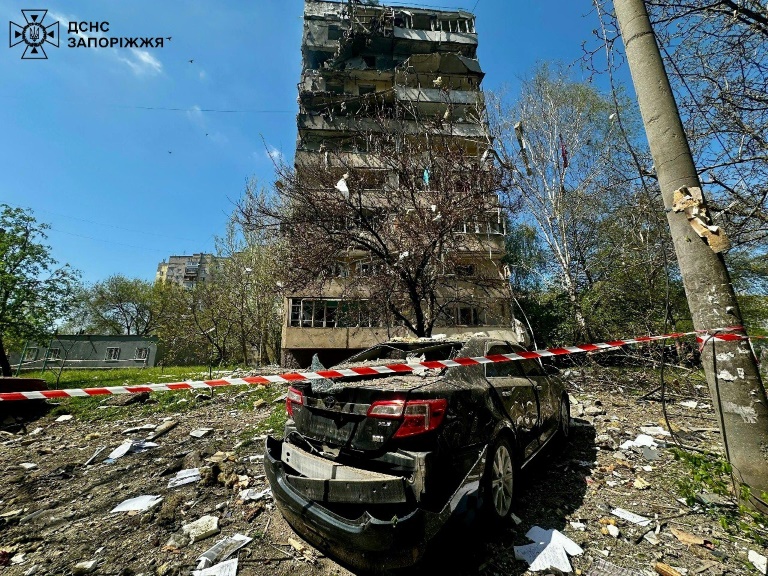Estonia Might Become Europe’s Next Trouble Spot

Authored by Andrew Korybko via Substack,
The latest socio-political and security developments suggest that it relishes being a frontline state…
Estonia catapulted back into international news after it recently seized an alleged vessel from Russia’s so-called “shadow fleet”, to which Russia had a restrained reaction for the pragmatic reasons explained here, but it’s also been stirring up trouble with Russia in other ways too. The aforementioned provocation coincides with the passing of a law allowing Estonia to sink foreign vessels that it deems to pose a national security threat. It’s possible that this could be the next planned regional escalation.
On the security front, Estonia also reportedly wants to deploy some of its troops to Ukraine as part of a peacekeeping mission jointly led by France and the UK. Moreover, there’s always the chance that the UK decides to transform its rotational ~1,000-troop military presence in Estonia into a permanent fixture. That would make it the third NATO member to do so in the region after the US (in Poland and Romania) and Germany (in Lithuania). This could be sold as a hedge against the US withdrawing some of its troops.
Estonia’s internal situation is also becoming increasingly tense as a result of three interconnected developments.
The first concerns the latest law denying local voting rights to foreigners, which includes some of those 22.5% of Russians living in the country who don’t meet the post-independence criteria for citizenship and are thus legally classified as “stateless persons”.
For background, Estonia considers them to be the descendants of “Soviet occupiers”, which is the basis upon which it’s restricted their rights.
Expanding upon the last point about historical perception, Estonia is also ramping up its long-running campaign of dismantling Soviet-era World War II monuments, which the state regards symbols of Soviet occupation.
Russia, however, believes that this move amounts to historical revisionism. In connection with that, readers should be aware that Russia has consistently accused Estonia of glorifying Nazi collaborators, with the most blatant example thereof being the annual marches in honor of the SS.
As if these moves weren’t provocative enough, Estonia just passed a law requiring the Estonian Chrisitan Orthodox Church to sever its canonical ties with the Russian Orthodox Church.
Russian Foreign Ministry spokeswoman Maria Zakharov reacted to this by denouncing “the systematic destruction of fundamental human rights and freedoms continues under the guise of far-fetched, so-called democratic slogans. Once again, a blow has been dealt to one of the most sensitive areas – religious rights and freedoms.”
Estonia is able to threaten Russia’s direct and indirect interests, correspondingly relating to its national security and the rights of its co-ethnics in that country, with impunity due to its NATO membership. The only realistic scenarios in which Russia might countenance using military force are if Estonia participates in blockading the Gulf of Finland, uses force against Russian vessels (whether a warship or Russian-flagged civilian ship), or attacks across the “Baltic Defence Line” that it’s building along their border.
So long as Estonia keeps its provocations below these thresholds, then the risk of a major war breaking out should remain low, but bilateral tensions will worsen as will those between Russia and the European members of NATO. That could turn Estonia into Europe’s next trouble spot, thus accelerating the militarization of the Baltic Sea and the nearby Arctic region, likely including the Russian-Finnish border. Russian-EU tensions would then persist indefinitely even if Russian-US relations improve in the future.
Loading…
